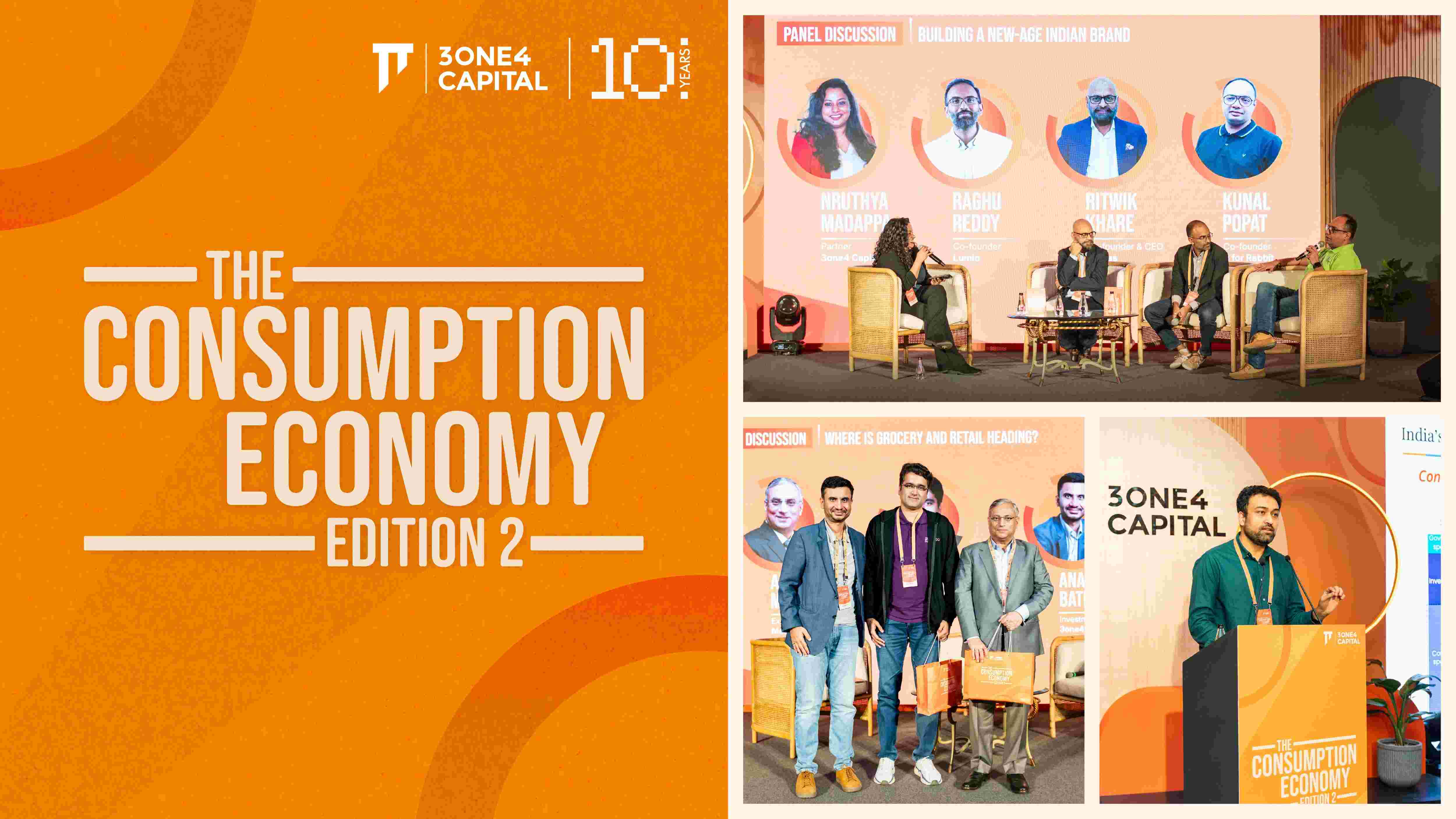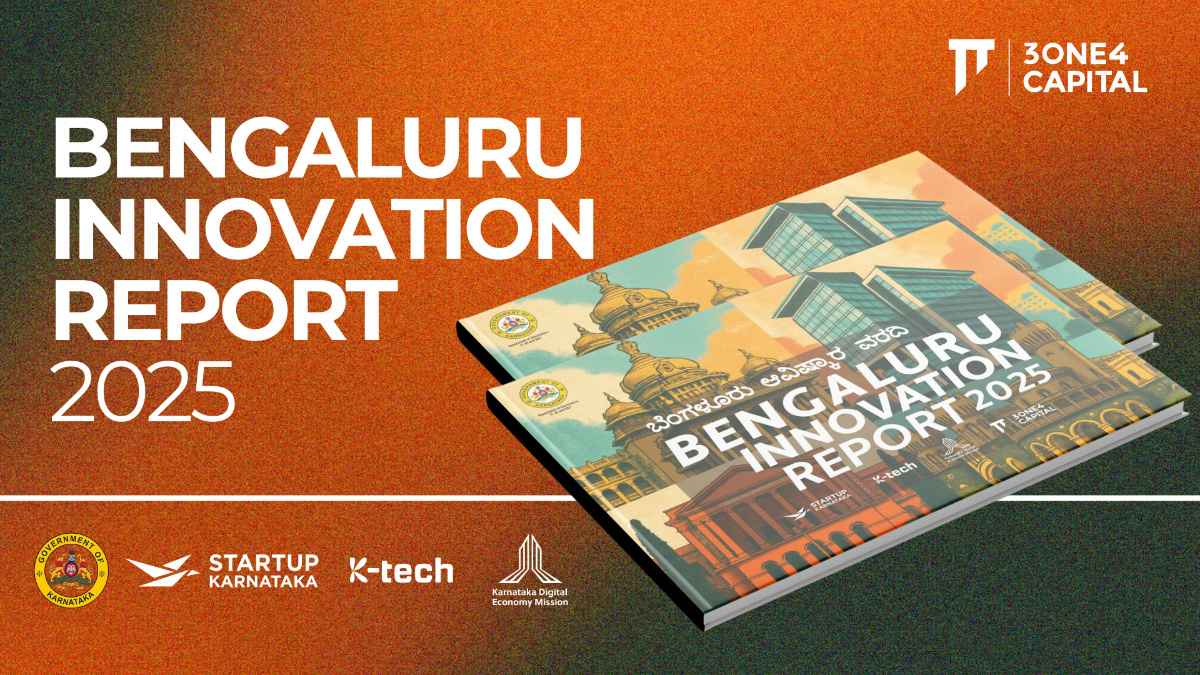
Level Up: Building Casual Games in a Privacy-first World
With a user base of 3.7B and a market size of ~$200B, gaming is undeniably transforming the media and entertainment landscape. While mobile gaming has exhibited a real mass-market appeal and is contributing 50% to the overall gaming market in 2022, i,e, $92B, Apple’s App Tracking Transparency (ATT) has challenged this status quo and will continue to influence how mobile games are developed and distributed in this industry.
The ATT Era: A Paradigm Shift in Mobile Gaming
In 2021, Apple brought chaos and uncertainty to the mobile gaming market when it rolled out its ATT which mandates iOS apps to ask user’s permission to track their activities across the web and other apps. The introduction of ATT has had a significant impact on the way Identifier for Advertisers (IDFA) is used for ad tracking. With users opting out, apps lose access to the IDFA:
1. Impact on User Acquisition (UA)
In this industry, revenue growth is primarily driven by UA targeting - identifying and acquiring users through targeted advertising. However, since the implementation of ATT, limited access to user data has resulted in a disconnect in customer profiling. Consequently, advertisers are facing challenges in effectively allocating their budgets across various campaigns and channels. This, in turn, has resulted in bottlenecks in the identification and targeting of high-value and high-intent users, i.e., ‘whales’.
2. Impact on Monetisation
- In-app ads (IAA): With user targeting becoming less effective, the return on investment (ROI) for ads is expected to decline, leading to a reduction in ad spending and consequently impacting IAA overall.
- In-app purchases (IAP): With publishers failing to capture value users, a decline in IAP is expected as well. Games that heavily rely on ‘whales’ are particularly affected in this scenario.

The impact on monetisation and acquisition results in a vicious sequence of events for the publisher:

Asymptomatic Casual Games
Gaming can be broadly categorised as functions of gameplay mechanics and monetisation. By combining these elements, we derive various gaming genres, including strategy, casino, RPG (role-playing game), and casual.
Examining the interplay between the degree of monetisation and gameplay mechanics offers insights into ATT's effects across different gaming genres. The impact of ATT will vary across the following monetisation and gameplay mechanic combinations:
Complex game mechanics with extreme monetisation (RPG, Casino, Strategy)
- These are games that cater to a niche audience and rely heavily on a small group of ‘whales’.
- High-value players have traditionally fueled the growth in this segment. However, ATT presents an opportunity to diversify user acquisition strategies and build a broader, more engaged player base.
Simple mechanics with extremely light monetisation (Hypercasual)
- These are games that monetise primarily through ads and often target users who are not heavy spenders but interact with ads frequently.
- Reliant on a broad audience, this category may face ad targeting challenges. ATT opens the door for innovation in monetisation and deeper engagement.
Games that strike the right balance between simple mechanics and nuanced monetisation strategies attract a substantial audience at the top of the funnel, and their deep monetisation contributes to revenue. Such games have the ability to navigate ATT and achieve substantial growth. Essentially, casual games with layered monetisation are expected to experience continued growth, expanding both their user base and revenue.
Casual Gaming Conundrum
Casual gaming, with the incorporation of meta layers, offers a harmonious blend of accessibility and revenue-generating elements. To ensure continued success in this dynamic market, there's a need to address and optimise for competitive moats and user lifetime value (LTV):
- Competition: Numerous publishers compete globally in this market. Securing a spot in the top 100 grossing charts is an achievement, but maintaining that position is even more critical. To illustrate the significance of this, the top 3 casual games have remained the same in Q42021 and Q42020 but the remainder of 97 games kept changing.
- LTV: Compared to mid-core games ($2-$5 LTV), casual games struggle with a lower LTV range of $1-$3.
Scaling in Casual Gaming: Building Forever Franchise
To scale in the casual gaming sector, it is crucial to build a diversified portfolio of forever franchises -games that can establish an enduring brand. These franchises have a growing captive user base, including both existing users for cross-selling and new users. Furthermore, they clock in $100M+ in annual revenue, ensuring business sustainability for 5 or more years.
From evolving meta mechanics to innovative distribution methods, emerging strategies offer publishers effective approaches to navigate challenges like ATT, realise superior engagement and retention, and establish a robust portfolio of long-lasting franchises.
1. Balancing Simplicity and Depth
Casual games leverage simple mechanics, making it a mass-market gameplay. The introduction of meta layers, outside of core-loop, such as character progression, collection, decoration, and social elements, becomes crucial. This strategic addition creates a progression system that enhances player engagement and retention and offers opportunities for monetisation. The significance of these meta layers is evident in the trend of hyper-casual games shifting towards hybrid casual, enhancing both retention and monetisation through the incorporation of meta layers in the game. In 2023, the hybrid-casual genre breached the $2B revenue milestone.
For example, Lily Garden has implemented several meta layers. Predominantly, it has doubled down on character and narrative as part of the engaging meta layer. Their narrative has garnered immense popularity, leading to the curation of a dedicated community on YouTube. Additionally, advertisers dipped into this narrative to target users, further contributing to its widespread appeal and recognition. They have added monetisation layers across the progression systems, which include both IAA as well as IAP. The game has 70M downloads and has more than $350M in earnings.
Guild mechanics (such as donating/borrowing, communal goals to complete together, guild wars/competitions) have predominantly been prominent in mid-core genres such as strategy and RPG. These features contribute to a deeper level of player interaction, strategy, and long-term engagement, establishing a sense of community within the gaming experience. Conversely, casual games have primarily integrated subtle social components. There is a large whitespace in the social-casual genre wherein innovative social mechanics could prove to be a competitive moat.

2. IP Quest: License or Create
This can be examined from two perspectives: one involves obtaining IP licenses, while the other focuses on developing home-grown IP and scaling it.
Leveraging an existing IP serves as a catalyst for gameplay, ultimately boosting organic installs, especially attracting high-spending users to the platform. As per Newzoo, high-spenders spending >$25/month on mobile games (vs average of $5-25/month) are 2.84X more likely to download a game based on the IP that they like. In 2023, IP licensed games achieved IAP revenue of $16B and around 43% of the top 200 grossing games in the US market are IP-based games.

Although IP-driven games have primarily gained popularity among the mid-core gaming audience, we are witnessing casual games too riding on this trend. For example, Monopoly GO has essentially used the ‘Monopoly’ brand and scaled vs Board Games by Playtika. Within a day of the launch, the game garnered 500K+ downloads and in a month’s time it had 20M users and earned $17M in revenue. This game, in a matter of 7 months, has generated revenue of $1B.
On the other hand, a combination of in-house IP and effective meta layers can serve as a cornerstone in brand building, fostering a unique and enduring identity among the target audience. In contrast to IP licensing, creating one's own IP grants developers complete ownership and control, providing leverage in terms of managing sequels and derivative IP. This, in turn, opens avenues for additional revenue streams, particularly as gaming IPs increasingly venture into the entertainment industry (as seen in the banner year of 2023 with The Super Mario Bros and The Last of Us making a significant impact in the film and television industry). Furthermore, from a financial perspective, homegrown IP positively influences the contribution margin by eliminating royalty payments. As of 2021, Jam City’s Cookie Jam achieved annual bookings of $100M while realizing contributing margins of 50%+ since 2018.
A strong IP (licensed or developed in-house) plays a significant role in establishing games as popular brands which potentially expands both the user base as well monetisation opportunities.
3. Alternative Distribution Strategy
In the post-ATT world, game publishers face the imperative to diversify their distribution strategies beyond traditional advertising methods.
One crucial aspect that can be explored is vertical communities wherein users have a dedicated space to interact. This fosters a sense of belonging for the users that results in a loyal fan base which the publishers can leverage. This aids retention and serves as an organic flywheel wherein super users can become ambassadors of the game.
Utilising User-Generated Content (UGC) emerges as a strategic distribution tactic. Encouraging users to generate and share content within their networks can become instrumental. Publishers may consider providing accessible content creation tools, implementing incentive and reward programs, and integrating with social media or other relevant platforms.
Additionally, engaging in influencer marketing across various social media platforms emerges as a potent strategy to tap into existing captive fan bases, reach a wider audience, and drive virality.
Survivor.io, a hyper-casual game, built its UA strategy around micro-influencers and UGC-like content and used TikTok as a distribution channel. They developed content that resembled a standard TikTok post, leading to a favorable impression rate as users did not perceive these as ads. In addition, they used long-tail influencers to tap into specific pools of audience and created a sense of community. This marketing strategy was quite successful and the game generated revenue of $15M within a month of launch.
Leveraging meta layers, creating/acquiring IP licenses and establishing innovative distribution strategies are essential strategies to tackle challenges posed by ATT. By implementing these strategies effectively, publishers can boost engagement, broaden their user base, and establish a robust portfolio of enduring titles in the casual gaming market.
DISCLAIMER
The views expressed herein are those of the author as of the publication date and are subject to change without notice. Neither the author nor any of the entities under the 3one4 Capital Group have any obligation to update the content. This publications are for informational and educational purposes only and should not be construed as providing any advisory service (including financial, regulatory, or legal). It does not constitute an offer to sell or a solicitation to buy any securities or related financial instruments in any jurisdiction. Readers should perform their own due diligence and consult with relevant advisors before taking any decisions. Any reliance on the information herein is at the reader's own risk, and 3one4 Capital Group assumes no liability for any such reliance.Certain information is based on third-party sources believed to be reliable, but neither the author nor 3one4 Capital Group guarantees its accuracy, recency or completeness. There has been no independent verification of such information or the assumptions on which such information is based, unless expressly mentioned otherwise. References to specific companies, securities, or investment strategies are not endorsements. Unauthorized reproduction, distribution, or use of this document, in whole or in part, is prohibited without prior written consent from the author and/or the 3one4 Capital Group.

.png)












